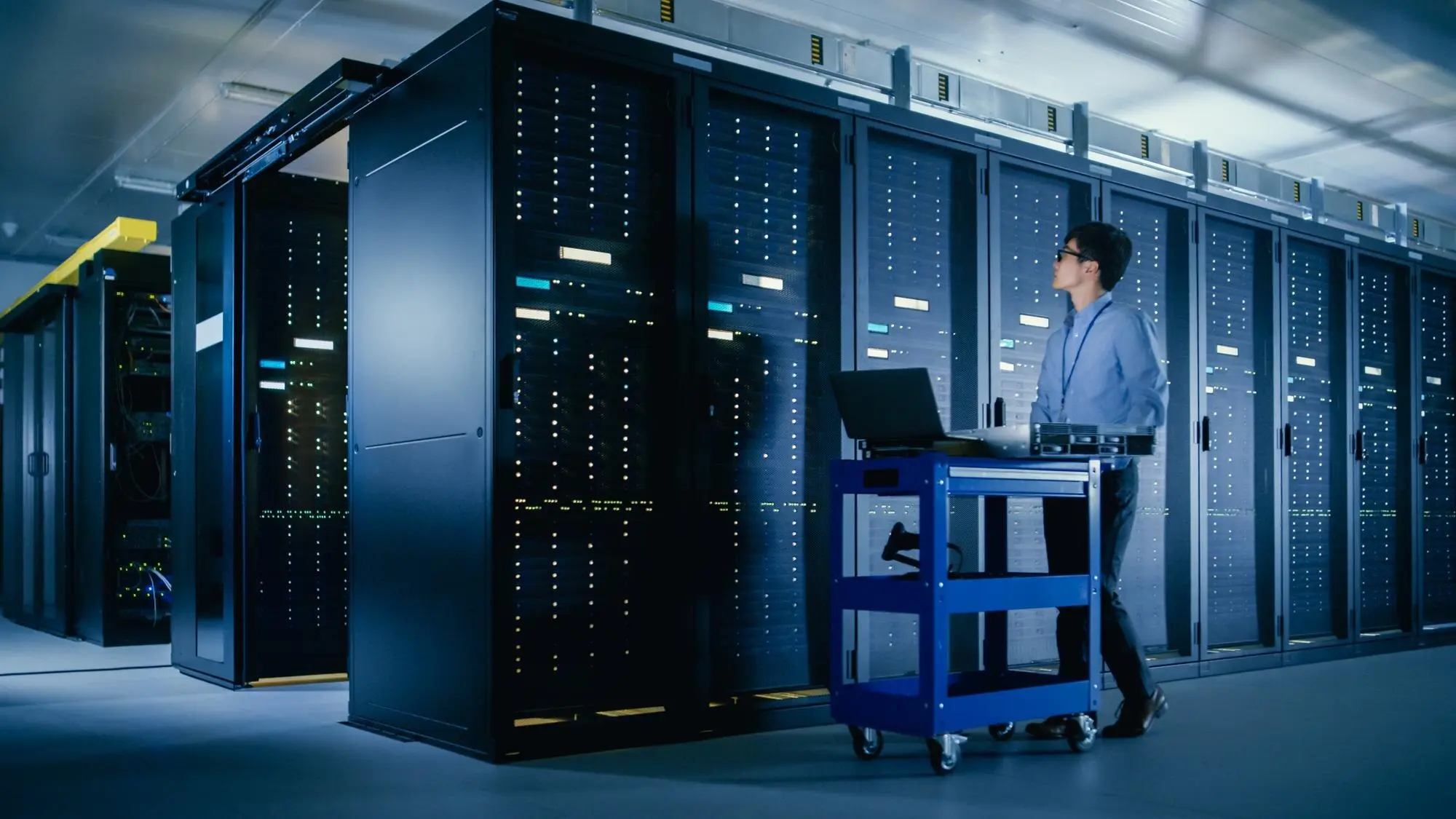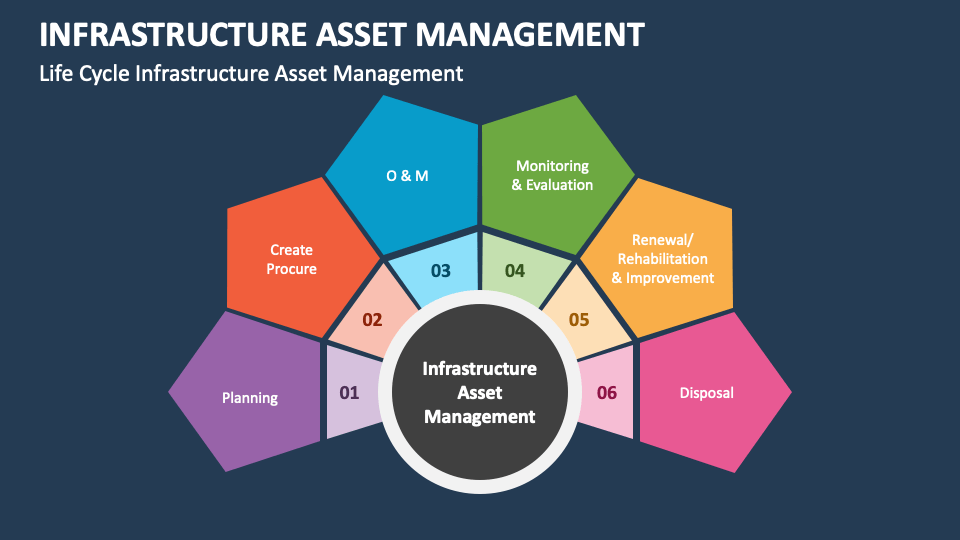A well-structured server infrastructure is not just about having the right hardware in place. It is about creating a strong foundation that ensures performance, security, and reliability. Poorly designed infrastructure can lead to downtime, security breaches, and reduced efficiency. On the other hand, an optimized setup empowers businesses to scale, innovate, and meet customer demands effectively.
This blog explores what a server is, the different types of servers, the key components of server infrastructure, and why it plays such a vital role in modern IT environments. We will also look at the benefits of servers, the future of servers, and how solutions like Infraon simplify management for IT teams.
Related blog: 7 Most Important Key Metrics of Server Monitoring Software
What is Server Infrastructure?
Server infrastructure refers to the complete ecosystem of hardware, software, and networking elements that make servers function. At its core, it ensures the delivery of computing, storage, and communication resources that organizations need to operate.
The key components of server infrastructure include:
- Hardware such as CPUs, memory, storage, and power supplies
- Operating systems that control server functionality
- Virtualization technologies that maximize efficiency
- Networking interfaces that enable communication across systems
What is a Server?
To define a server, think of it as a specialized computer designed not for personal use but for managing and delivering resources to other computers over a network. Servers are built to be more powerful, stable, and scalable than desktops or laptops.
The basic function of a server is to respond to requests from client devices and deliver services such as files, web pages, or applications. Unlike standard computers, servers are optimized for constant operation, often running 24×7 without interruption.
Servers commonly host applications, manage file storage, handle large amounts of traffic, and ensure that users have access to the tools they need at any given time.
Types of Servers and Their Functions
There are multiple types of servers, each designed for specific functions:
1. File Server: Centralizes storage and ensures users can access, share, and manage files seamlessly.
2. Database Server: Manages and provides structured access to data for applications and users.
3. Web Server: Hosts and delivers web pages over the internet using HTTP or HTTPS.
4. Mail Server: Facilitates sending, receiving, and storing email communications.
5. Application Server: Runs enterprise applications and delivers them to end users.
6. Proxy Server: Acts as a gateway between users and the internet, adding security and performance benefits.
7. Virtual Server: Software-based server running on physical hardware, enabling cost savings and flexibility.
8. Blade Server: Compact, modular servers are commonly used in data centers for efficient space utilization.
9. DNS Server: Converts domain names into IP addresses, allowing browsers to locate websites.
10. Print Server: Manages and queues printing jobs across a network.
These servers often work together, creating a powerful environment that supports enterprise IT operations.
Key Components of Server Infrastructure
A robust infrastructure depends on multiple integrated parts:
1. Hardware
Includes processors, memory, storage devices, and redundant power supplies. Hardware forms the physical backbone of servers.
2. Operating System
Server-specific operating systems such as Linux or Windows Server provide the stability and features required for enterprise workloads.
3. Virtualization Layer
Allows multiple virtual servers to run on one physical machine, improving efficiency and reducing costs.
4. Network Interfaces
Ensure communication between servers, applications, and users.
5. Monitoring and Management Tools
Track system health, performance, and security. Infraon, for instance, provides IT teams with centralized visibility and alerts for proactive management.
6. Redundancy Systems
Include RAID storage, backup power, and failover capabilities to minimize downtime and ensure continuity.
Benefits of a Robust Server Infrastructure
Building a reliable infrastructure brings clear benefits for businesses:
- High availability that minimizes downtime and keeps services accessible
- Centralized data access that improves collaboration and decision-making
- Scalability to support growth and changing demands
- Enhanced security through controlled access and strong defenses
- Operational efficiency that boosts productivity and performance

The Future of Servers and Server Infrastructure
The future of servers is being shaped by rapid technological shifts:
- Edge computing is bringing resources closer to users for faster response times.
- Cloud-native infrastructure is replacing traditional setups with more agile, scalable environments.
- Hyper-converged infrastructure (HCI) is simplifying management by combining compute, storage, and networking in one solution.
- Automation is reducing the need for manual server management, freeing IT teams to focus on strategy.
- Sustainability is driving demand for energy-efficient and eco-friendly server setups.
Organizations that adapt to these changes will be better positioned to handle tomorrow’s challenges.
Why Server Infrastructure Matters for Modern IT Environments
Strong server infrastructure ensures business continuity, allowing organizations to deliver uninterrupted services. It is also a foundation for cloud adoption and digital transformation. By enabling faster decision-making, secure operations, and reliable customer experiences, it drives competitiveness in the digital age.
For enterprises, servers are not just tools but strategic assets that support long-term growth.
Best Practices for Managing Server Infrastructure
To ensure efficiency and reliability, IT leaders should adopt the following practices:
- Monitor and maintain servers on a regular basis
- Implement strong backup and disaster recovery plans
- Secure servers through access controls, encryption, and timely updates
- Conduct capacity planning to prepare for business growth
- Document configurations for consistency and compliance
Using platforms like Infraon, businesses can automate many of these tasks, helping reduce risks and streamline operations.
How Infraon Supports Efficient Server Infrastructure Management
Managing servers can be complex, especially in environments that mix on-premises systems with cloud and virtual setups. Infraon simplifies this by providing comprehensive server infrastructure management tools.
With Infraon, IT teams gain:
- Real-time monitoring and alerts to detect issues before they escalate
- Automation to handle repetitive tasks and improve efficiency
- Centralized control for managing diverse environments
- Compliance tracking to meet regulatory requirements
By reducing downtime, improving performance, and giving teams greater visibility, Infraon ensures businesses can focus on growth while their infrastructure stays secure and reliable.
Related blog: Everything About Server Management Software in 2025
Conclusion
Servers are at the heart of digital operations, and server infrastructure is the framework that makes them effective. From different types of servers to their components and future trends, it is clear that businesses cannot function without strong and well-managed systems.
The benefits of servers range from scalability and security to efficiency and reliability. With the growing role of automation, edge computing, and sustainability, the future of servers looks more dynamic than ever.
Organizations should regularly evaluate their server setups, adopt best practices, and leverage tools like Infraon to ensure infrastructure is ready for the demands of tomorrow.
FAQ
Q1. What is a server and how does it work?
A server is a specialized computer that provides resources or services to other devices across a network. It works by receiving requests and delivering responses efficiently.
Q2. What are the types of servers used in IT?
Examples include file servers, database servers, web servers, mail servers, application servers, proxy servers, virtual servers, blade servers, DNS servers, and print servers.
Q3. What are the components of a typical server infrastructure?
Core components include hardware, operating system, virtualization, network interfaces, monitoring tools, and redundancy systems.
Q4. Why is server infrastructure important for business continuity?
It ensures uptime, secure data access, scalability, and reliability, all of which are essential for uninterrupted business operations.
Q5. What trends are shaping the future of server environments?Edge computing, cloud-native infrastructure, hyper-converged setups, automation, and sustainable technologies are shaping the future of servers.

















